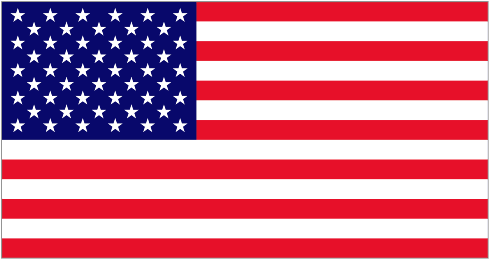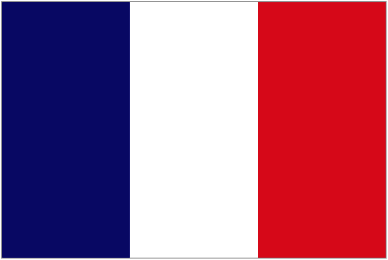The Gabán progression may be one of the easiest progressions to memorize due to the fact that it only involves two different notes. The progression is as follows:
V7 – V7 – Im – Im
This progression is a sub-genre of the Joropo and can be played using the rhythm of Joropo. The recommendation here would be to play it with a formidable speed to get the full vibe of the Gabán. You may notice that the progression includes only minors, the reaon being that a Gabán is played in a minor key. The demonstration below given by professor Toro is a Gabán with some additional notes that can be easily used. Notice that when playing he is only making use of D minor and A7. The variations he is referring to are using the scale of D minor. The trick to execute what professor Toro is playing is to introduce the specific notes included in the scale of D minor whilst strumming. This gives a particular effect to the music being played and makes it more interesting that simply strumming the same chords over and over again. The notes he is making use of are the first 5 notes of the Dm scale being:
First 5 Notes of the D Minor Scale
- D – 2nd string open
- E – 2nd string 2nd fret
- F – 2nd string 3rd fret
- G – 3rd string 1st fret
- A – 3rd string 3rd fret
Have a look at the video and try to improvise a version for yourself. This takes quite some practice and we are beginning to move away from the beginners section more into an intermediate fashion where your agility will be tested more. Make sure that you get enough hours of practice as this is beginning with the Gabán progression (an easy progression involving only 2 chords). When trying to do something similar with more chords, you will find that the complexity increases, but this in turn also means that the music becomes more and more interesting. Have fun with it!
Gaban Progression Using the Scale of D Minor
Transcript
“Let us practice a melody in D minor using the scale of D minor, but only making use of the first 5 notes of the D minor scale. This is D, E, F, G & A. With these 5 notes we are going to try and get to apply to them to a standard progression, for example a Gabán in D minor playing only D minor and A7. We will be applying the 5 notes to this Gabán being played with the D minor and A7 chords. Let’s have a look at how this sounds.
Once you have been able to apply the notes whilst playing the melody, you can try to make some variations and here is where we begin to improvise providing that it is all based on the D minor scale. This gives you the reassurance that you will play notes which go with the chords and not playing notes which have no place in the melody. With this, you will ensure that the melody you invent and end up playing will sound good (structured or unstructured).
This of course depends on your practice, as you continue to play you will begin to discover how to organize these 5 notes so that they sound good. This is a great method to begin to learn and find which notes correspond to the chords you are playing and find the melody which you like most. Again, this is simply using the notes D, E, F, G & A in the combinations you want. For example.”


